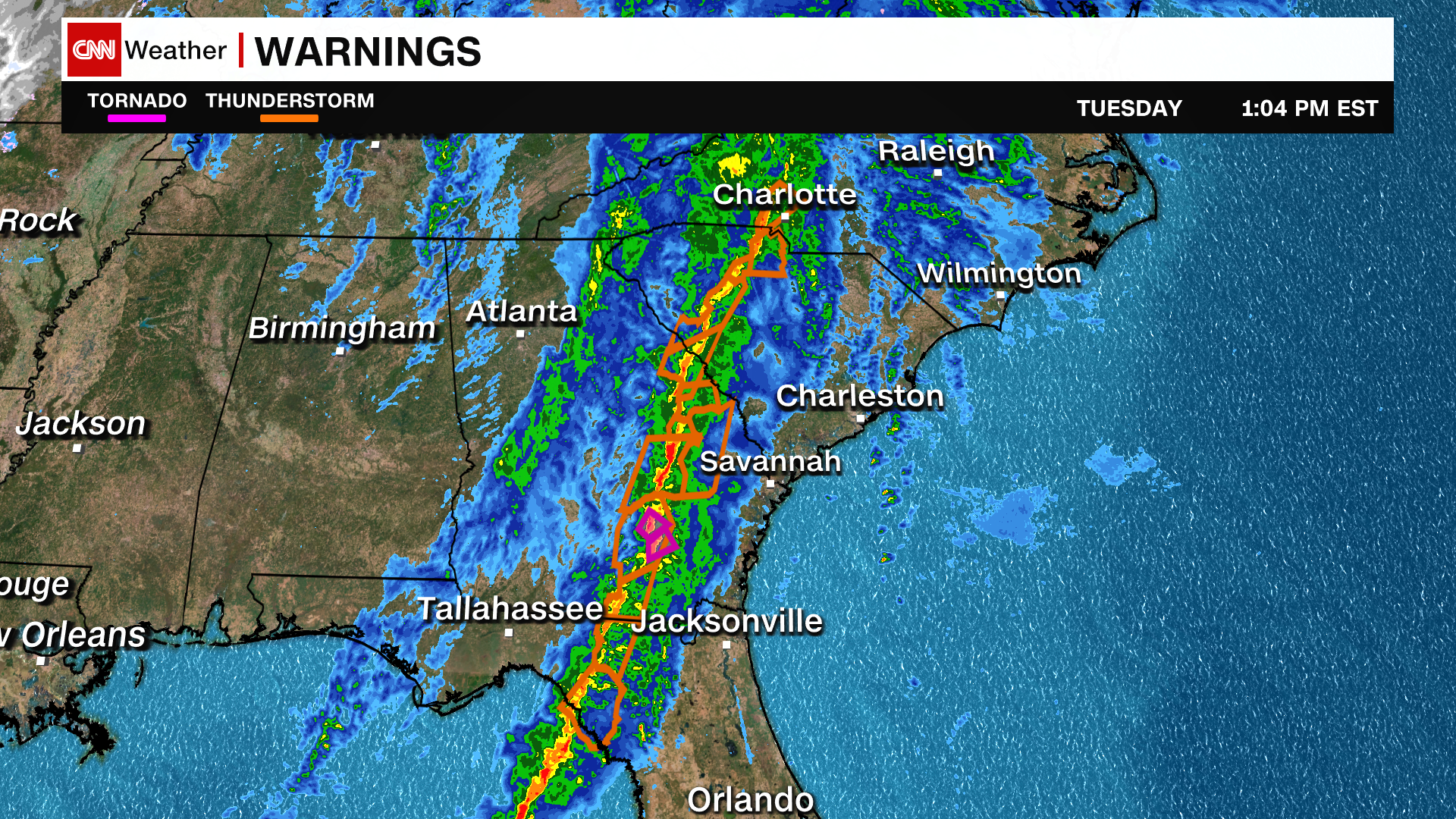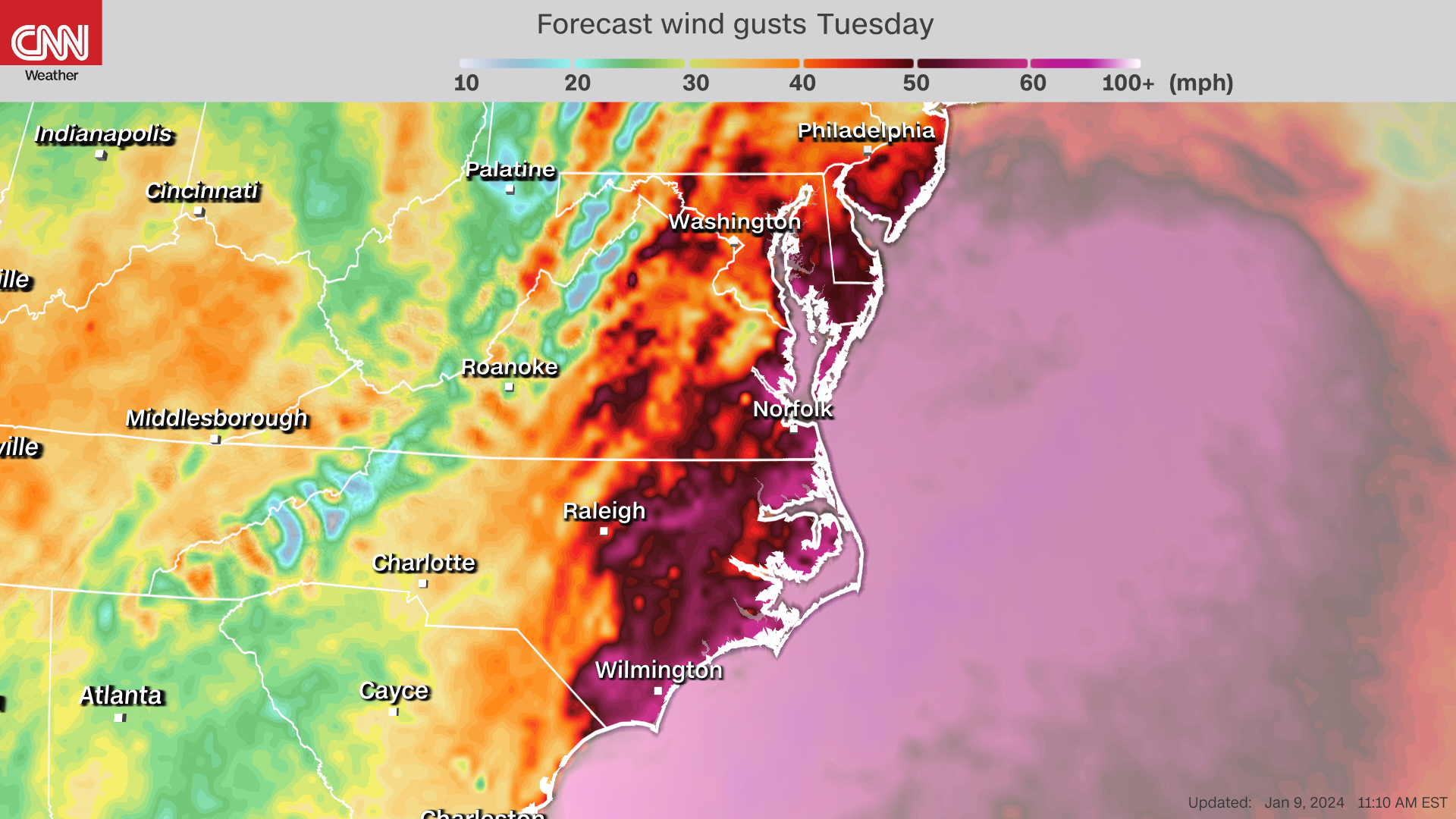Winter weather in the eastern US is disrupting travel on Tuesday.
Airlines have canceled more than 800 flights, and more than 4,200 flights arrived delayed, according to data from FlightAware.
Some of the flight cancelations are due to the grounding of the Boeing 737 MAX 9 after a terrifying incident aboard one of its flights in which a section of the plane blew off the aircraft mid-flight.
United Airlines told CNN it canceled 170 flights Tuesday because of the MAX incident.
Alaska Airlines has not said how many Tuesday cancelations are due to the MAX incident, but the airline has canceled between 140 and 170 flights daily since the FAA-mandated grounding, pending inspections of the planes.
Citing thunderstorms, the Federal Aviation Administration ordered a broad hold on Charlotte-bound departures that applies to airports from Texas to Indiana and Miami to Washington, DC.
Earlier in the day, the FAA also held flights bound for Atlanta — the world’s busiest airport — and Dallas Fort Worth in Texas.
The FAA warned of afternoon and evening disruptions along the East Coast, from Florida to New York. It has closed some flight routes due to thunderstorms, causing it to hold some Florida-bound flights.
On the nation’s rails, Amtrak canceled multiple East Coast trains for Tuesday and Wednesday. It has either canceled or shortened the routes for more 17 Acela, Northeast Regional and Keystone trains today and tomorrow.






